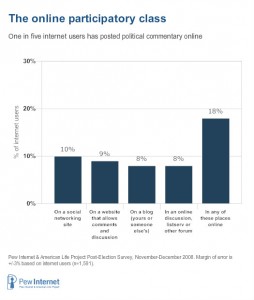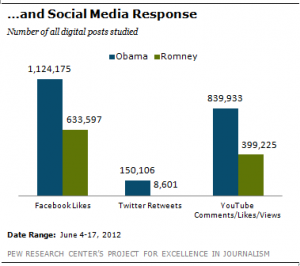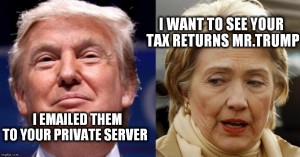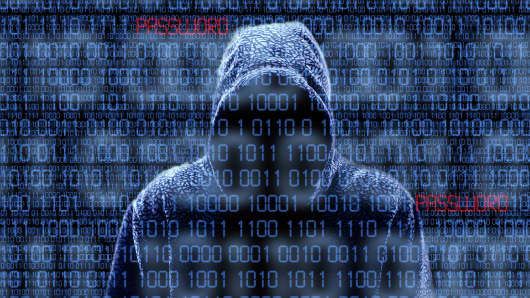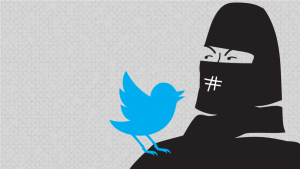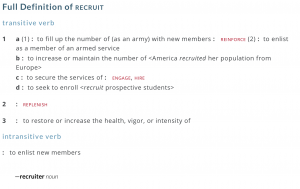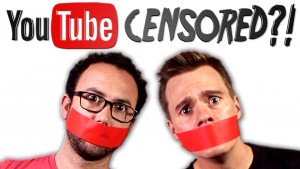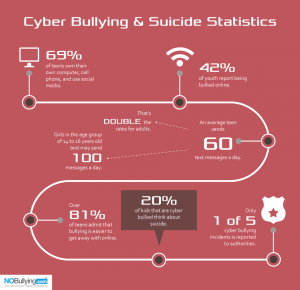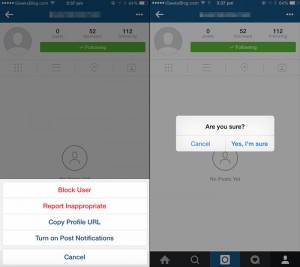Making Everyday Life Easier for us All
Jenna Bessel * November 30, 2016
We as a country are living in a digital age that has advanced the ways in which we communicate and function. The internet has made it possible for us to seek new relationships outside of our primary friend groups. The internet has made it possible for us to search the web without going through the extra work of reading a book to find out information. The internet is a complex hole that has taken time to fill. Different companies have put in time trying to make the web faster and easier for almost everyone. Not only the internet but technology in general. Advancements in technology are what allow us to grow and function at better and faster rates. Some individuals are skeptical saying that certain advancements in technology give companies an excessive amount of access to our personal information, making it harmful and unjust, but overlook the fact that companies are being more helpful then not. Corporations are able to help individuals through tracking Wi-Fi signals, GPS signals, previous internet usages, and through adaptive personal ads calculating age and gender.
In today’s world, we are able to open up a website and see an abundant amount of ads pop up on our screen. For instance, have you ever noticed that when you go on Facebook, ads pop up that are relevant to your previous searching habits? You open up your Facebook page and see an advertisement that representing a site you recently purchased clothes off of. Or, you see an advertisement that is promoting the premiere date of one of your favorite TV shows. Below is an example of a Facebook page.
On this Facebook page and many more like it, websites are giving permission to different companies, allowing them to track the ways in which individuals use the internet. Companies help individuals search for different items such as clothes, gadgets, equipment and etc. This isn’t possible without the help of other systems built onto the internet.
Cookies
Nowadays, searching the internet is typically easy. You go on google, you type some words in, and “shabang,” you have yourself hundreds to thousands of websites answering questions related to your own personal question. Have you ever wondered how that was made possible? There is an answer to this question: cookies. Not the cookies you eat, but in an article titled Online Tracking, the author is describing cookies as, “information saved by your web browser, the software program you use to visit the web”. Within this software, companies are able to gather certain information on individuals and customize their search engine to fit people’s specific needs. Thus, cookies are important for individuals when they are relying on a fast and easy internet search. Unfortunately, some may feel as though companies are gathering too much information on them and are betraying our 4th amendment rights to privacy. Although this may be true, one must also keep in mind that if you don’t give websites a little leniency, individuals can make searching the web just a little bit harder. You may not know this but without cookies, you are unable to look at previous search history. This idea can be a problem when an your are doing a research project. This idea can also be a problem when you are trying to find directions to a place that they haven’t been to in years. One thing to know, if you feel as though you are being watched too much, computers do have countering software within them that allows you to control how much information websites have access to. Luckily, cookies give you the option to choose which websites have access to your data. Either that. Or, you can limit the on the amount of access they can acquire. Cookies help to make searching easier, and since it is not set in stone, you have the opportunity to get rid of cookies if need be.
Now Cookies Are Just the Beginning
Cookies lead up to bigger and better things. Cookies can even help us link to discounts and sales pertaining specifically to the individual. After websites start gathering information on you, they can provide things that are helpful to you, as a consumer. In, Crumbs of the Cookie: User Profiling in Customer-Base Analysis and Behavioral Targeting, it states how “An e-commerce website, for example, may track a user across multiple visits to its digital storefront, and keep a history of purchases, products viewed on each visit, and abandoned shopping carts” (Zainab Jamal, 2016). The article also states how “a popular search engine such as Google tracks user’s search activities (i.e., key phrases searched for) as well as which websites are visited immediately after a successful search (i.e., downstream sites)” (Zainab Jamal, 2016). What you can see through these examples above are different companies gathering as much information on us as possible. This is made possible through monitoring the clothes we purchase, to the clothes we keep in our online cart, and even to the way we search for different items because of the mood we are in. Companies absorb all this information on us to make website browsing easier, to make it more enjoyable, and to take make us want to come back for more. By companies learning different information on their customers, they are able to be more personable with their clientele. This isn’t the only way companies learn information about us to help us. There are more serious ways in which advancements are helpful.
GPS
Currently, if you have a smartphone, you may have some familiarity with using a Global Positioning System (GPS). If you aren’t familiar with what a GPS is, it is little signals sent off from certain object, hitting satellites in space, pinging off relative locations. The reason this little device is important is because it can save lives. Say you are in an accident and you have to call the police. You explain what happened and then your phone call completely cuts out. You panic. You never had they change to tell the operator your location. This is when GPS tracking can come in handy. In Jianmei Cen’s, GPS Tracking and the Right of Privacy, the author exclaims how, “cell phone users in America can either choose to expose their location only when an emergency call 911 is initiated or choose to report automatically to emergency services all the time” (2011). What the author means by this is that an individual can set up his or her phone to a setting, allowing for is or her location to be shown solely during an emergency or at all times. What GPS tracking gives you is a chance to be prepared for bad situations at any moment. For this reason, even if you turn off your location, or if your phone is off, or even if you are on airplane mode- GPS is never fully disabled. This idea may be scary to some because they feel as though they can never get away from being watched like hawks. But, if you can look at it this way, phone companies have made this happen because your safety is important to them. If you were in a situation out of your control, wouldn’t you want someone to be able to find you and help you, especially when you disconnected from them right before you told them your exact location? GPS tracking saved the life of an Wisconsin man who was injured in a snowmobile accident, and only had an approximate location of the crash sight (Susan Nicol Kyle, 2005). He was saved within hours. What we can see here is the idea that GPS tracking is a relatively good thing. But wait, that’s not all. There is another helpful advancement in technology that has helped us immensely.
WI-FI Signals
One reoccurring idea in today’s society is the awareness that cellphones are one of the main ingredients fueling companies pull to want to know more about individuals. One of the main purposes of using this technology is to gather information on people through Wi-F signals. Wi-Fi signals are taken from cell phones and are then used for numerous occasions in different companies. One of the main purposes of this technology would be that it helps individuals connect to businesses. This starts with Wi-Fi signals giving companies easier access to watch us and record our movements. In a passage titled, What Secrets Your Phone Is Sharing About You, it explains how, “Verizon Wireless last year began crunching its own information from customers to help retailers see which neighborhoods shoppers arrived from or limited information about their habits, such as restaurants they drive past” (Elizabeth Dwoskin, 2014). Verizon Wireless is giving multiple businesses recorded data of its customers, helping them to learn different information about us. This information includes; where you eat, where you shop, and what stores you drive by on the daily. This could be seen in a negative light. One may say that phone companies are giving out personal information without permission. The problem is, while an individual is using Wi-Fi to have a better connection with the internet, companies are utilizing these Wi-Fi signals to have better connections with the people. But, think of this. If companies aren’t able to collect any information on their costumers, how will they know what to sell, when to give discounts, or what music to play? Wi-Fi signals help companies gather information on their customers. These signals help show the specific ages, genders, musical preferences the people entering into specific stores. By doing this, companies can make the atmosphere more comfortable for the age group that uses their particular company the most. Overall, they are using the information taken from Wi-Fi tracking to accommodate you.
Telematics
Wifi tracking, GPS signaling, and cookies are all connected to advancements that go along with the internet and the computer specifically. Meaning all three need the internet to work at any given time. Then, there are gadgets that store information and then are transferred onto the computer, where specific data is collected and calculated. In the past couple years, a little device was introduced to the car market. This technology is placed in the cars and helps to track individual drivers. To the left is a picture of a gadget being placed in a car, and this gadget is called telematics. Car companies are beginning to realize that people are paying too much for their car insurance, and they want to help cut down on certain cost because not everyone is a “horrible” driver. Most people today are looking for ways to cut down on certain cost, and this is one way. In an article titled “How Car Insurance Companies Are Tracking Your Every Move”, author Daniel Jennings exclaims how “Telematics devices enable insurers to see what speeds you drive, how much you use your brakes, and when you drive. These factors enable the company to create patterns of drivers and identify dangerous and safe drivers” (n.d.). The whole point of this device is to watch the driving habits of different people, and use that to calculate the cost of how much a person’s insurance should be. The car companies are advancing with the times. Although this is very positive, some individuals may believe that this device is a hindrance and not a savor. Yes, this car gadget may be helping some people, but it is also hurting others. Daniel Jennings proceeds to caution some drivers to shy away from this device. He explains “insurance company could raise your rates if you started driving or changed when you drive” or “it is fairly easy to gain access to the data and to hack it” and “insurance company could use its telematics to monitor your movements” (“How Car Insurance Companies Are Tracking Your Every Move”, n.d.) The negatives overall that come out of this device are the fact that rates go up if you drive at night, your data can be hacked and insurance companies now have the ability to track you. Some may find this unsettling and say that this device can do more harm than anything else. But….If you could cut down on the cost of car insurance to buy your childs first car , would you? Or if you could save up enough money to buy the house you always wanted, would you? Car insurance is a big chunk of change out of your pocket. Thus, advancements in technology like telematics, can help you save money. Now you and your kids can put a big smile on your faces.
Companies and Technology
Advancements in technology are inevitable. Today we are able to open up a website and see an abundant amount of ads pop up on our screen. We are able to search the internet at ease. We are able to find discounts and sales on clothes and different object that we want or need. We are able to walk into a store and feel comfortable, and feel as though we belong in the atmosphere. We are able to save money. Overall, what is happening here is, companies are making it possible for us to do all the things that we are used to. However, we may not realize that what companies are doing is helpful, and we may say that they are using advancements in technology to “stalk” us. What we must realize is the fact that most companies want to do what they can to make life easier on the customer. Even the producers in the world have to buy things. They realize our struggles and use the information they have on us to try and help us anyway they can.
Work Cited
Dowsskin, E., & George-Cosh, D. (2014). What Secrets Your Phone Is Sharing About You. Retrieved November 02, 2016, from https://www.studentnewsdaily.com/daily-news-article/what-secrets-your-phone-is-sharing-about-you/
Cen, J. (2011). GPS tracking and the right of privacy. Frontiers of Law in China, 6(2), 334-342. doi:http://dx.doi.org.udel.idm.oclc.org/10.1007/s11463-011-0132-6
Jennings, D. (n.d.). How Car Insurance Companies Are Tracking Your Every Move. Retrieved November 06, 2016, from http://www.offthegridnews.com/privacy/how-car-insurance-companies-are-tracking-your-every-move/
Trusov, M., Ma, L., & Jamal, Z. (May 01, 2016). Crumbs of the Cookie: User Profiling in Customer-Base Analysis and Behavioral Targeting. Marketing Science, 35, 3, 405-426.
Serwer, A., Gibbons/Flickr, E., Aleaziz, H., & Suebsaeng, A. (2012, August 16). The US Government Can Track Your Location at Any Time Without a Warrant. Retrieved November 07, 2016, from http://www.motherjones.com/mojo/2012/08/court-warrant-cellphone-gps-data


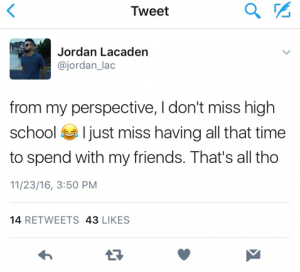

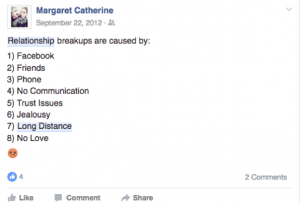
 This quote shows how due to the amount of bias in the news people are unwilling to even trust the news provided by news stations of altering views. This vast polarization within our news, and our society makes it harder for people of opposing views to find common ground, and make concessions, and that has left us where we are today.
This quote shows how due to the amount of bias in the news people are unwilling to even trust the news provided by news stations of altering views. This vast polarization within our news, and our society makes it harder for people of opposing views to find common ground, and make concessions, and that has left us where we are today.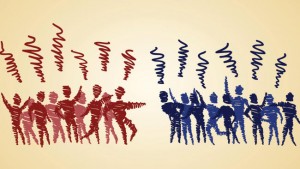

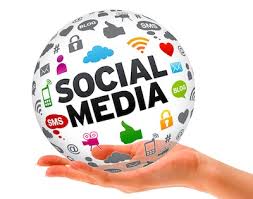

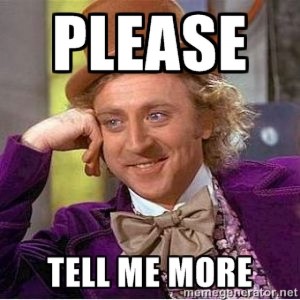


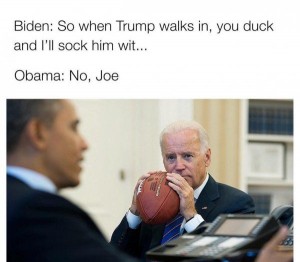
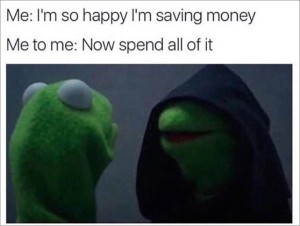

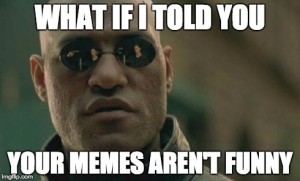 This shows how people think about memes. Many people don’t appreciate them because to them they are not funny or they do not agree with what the message is in the meme.
This shows how people think about memes. Many people don’t appreciate them because to them they are not funny or they do not agree with what the message is in the meme.